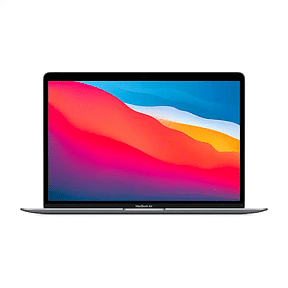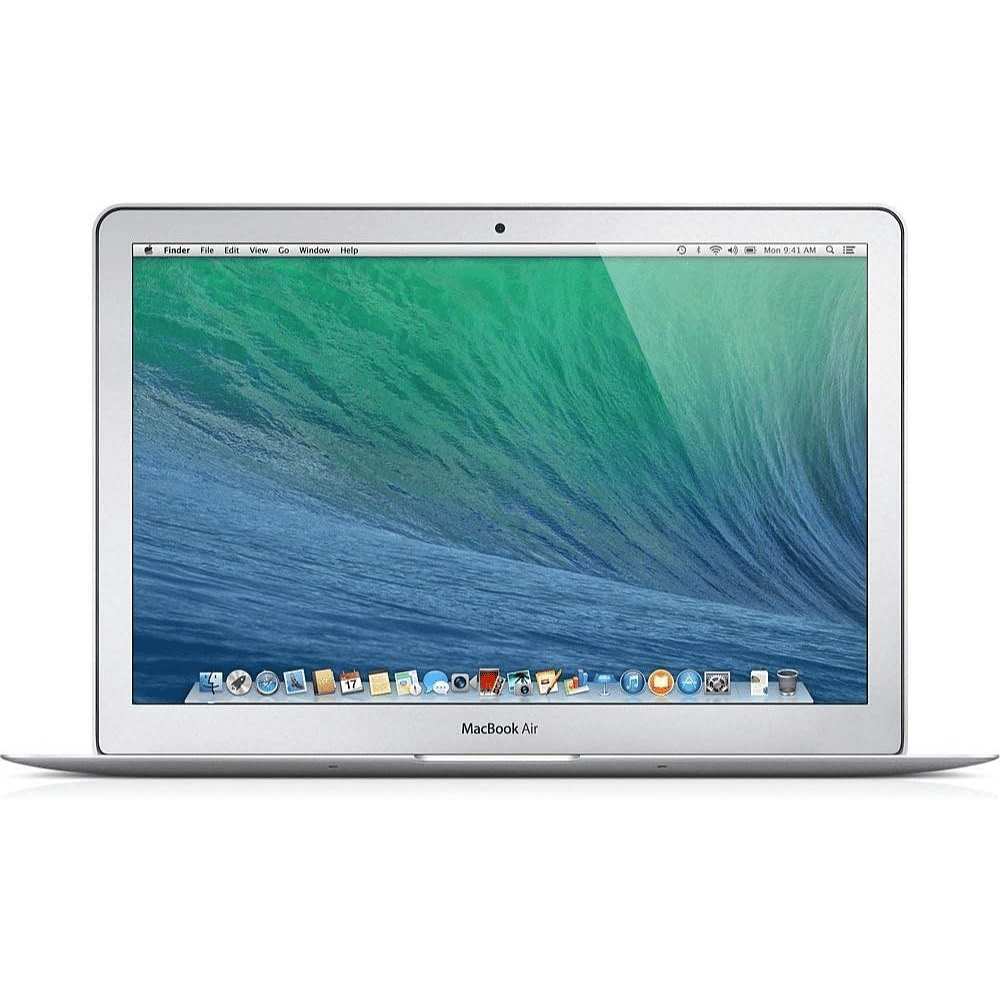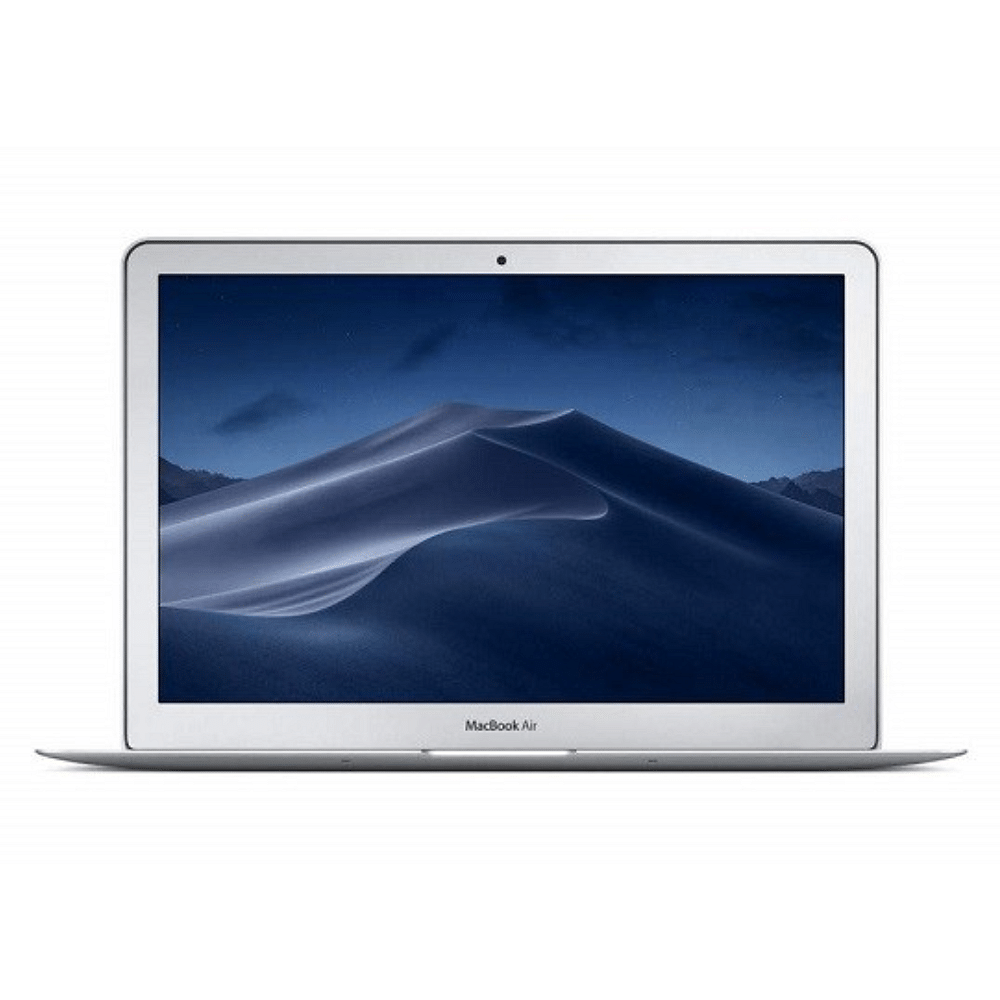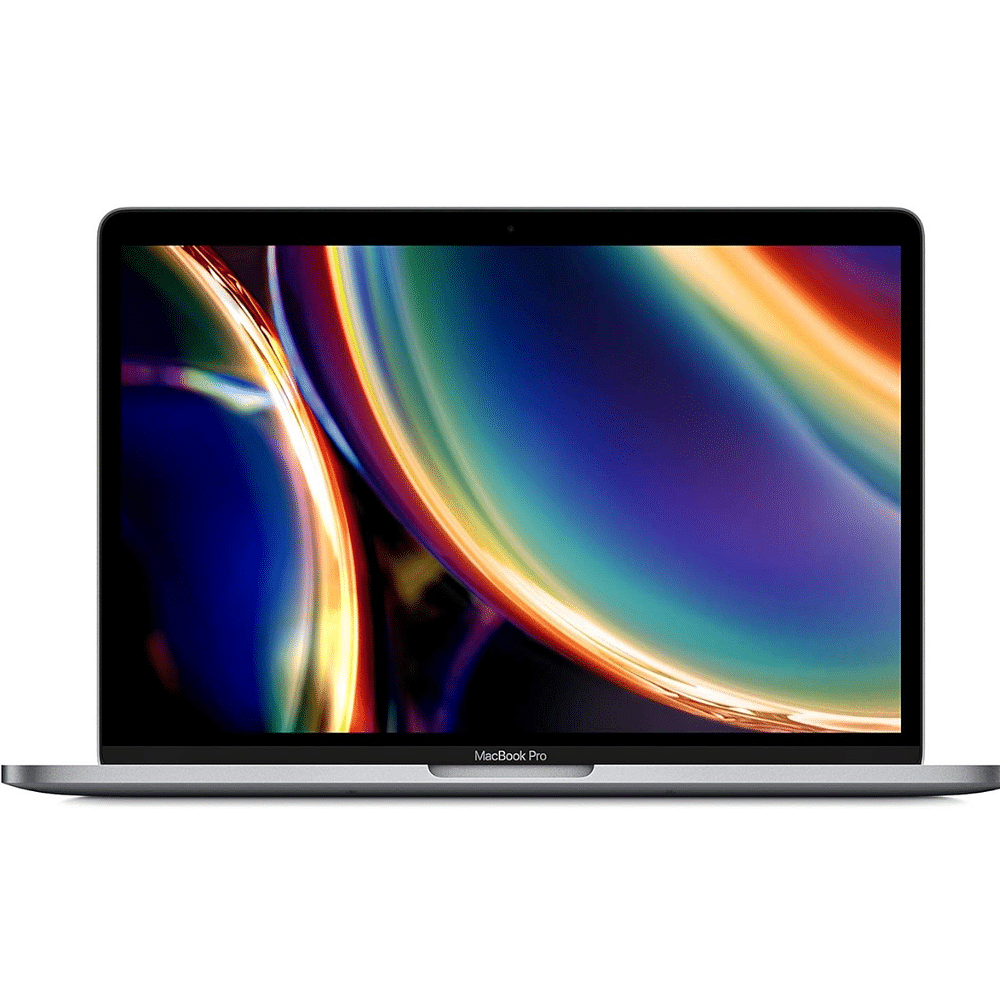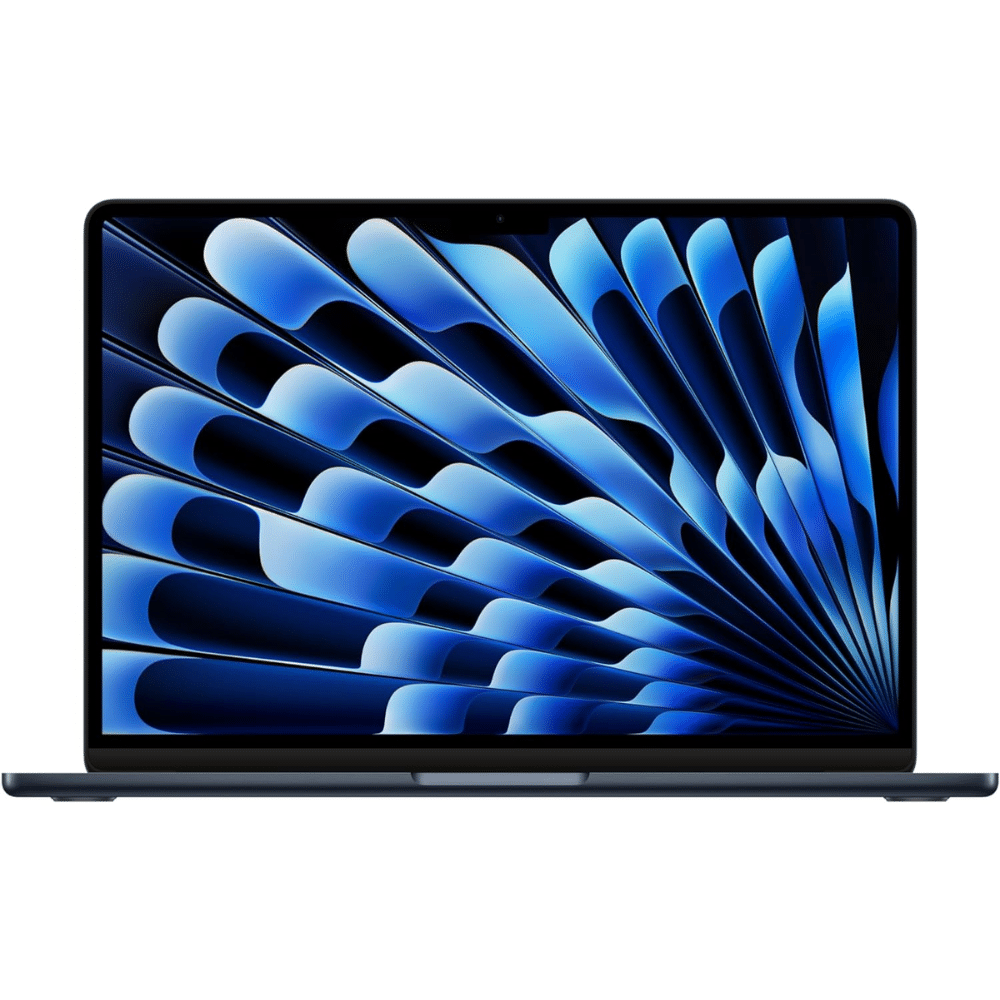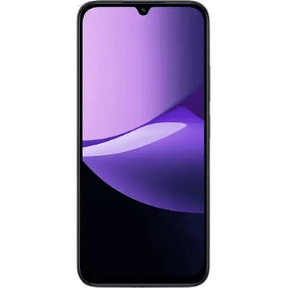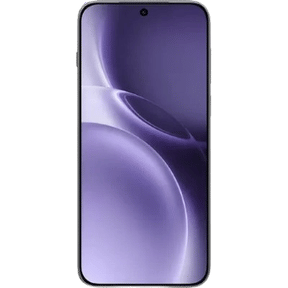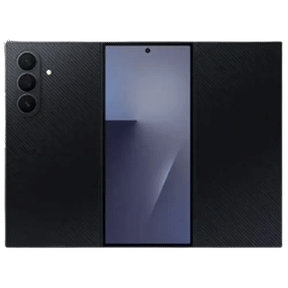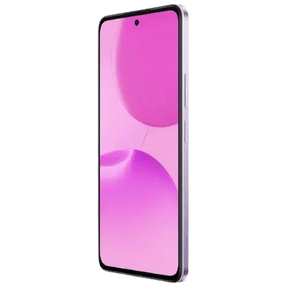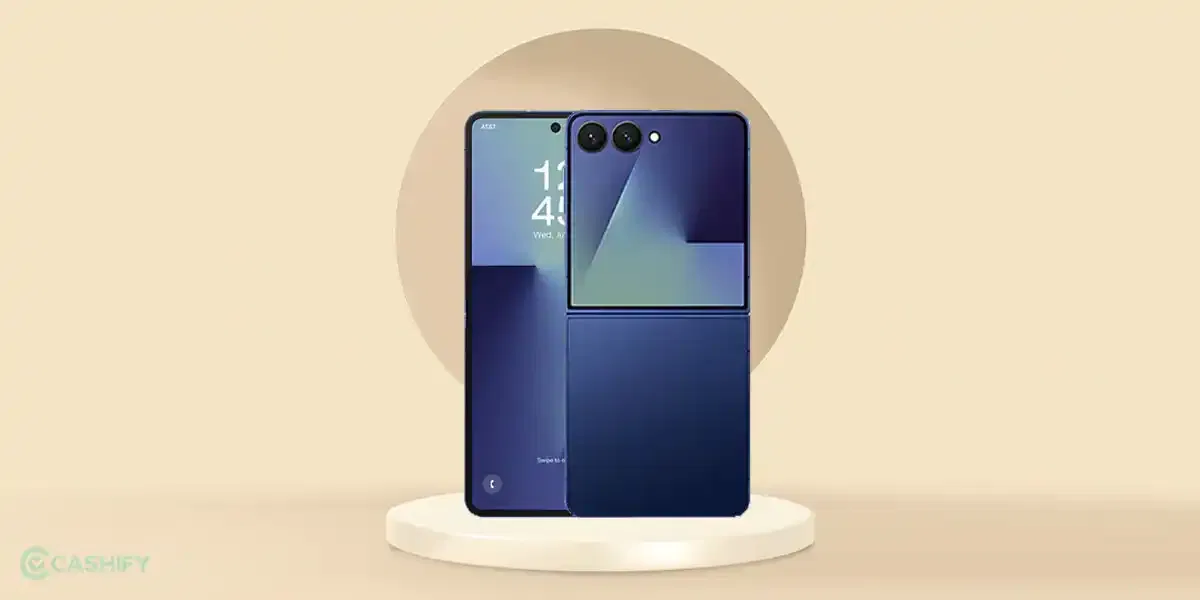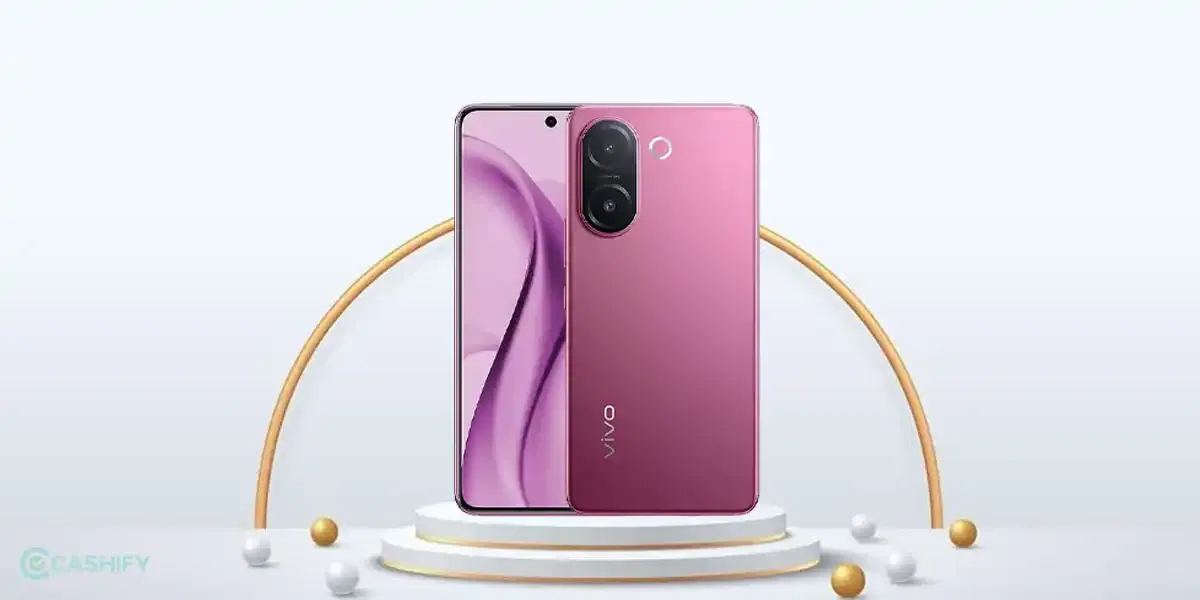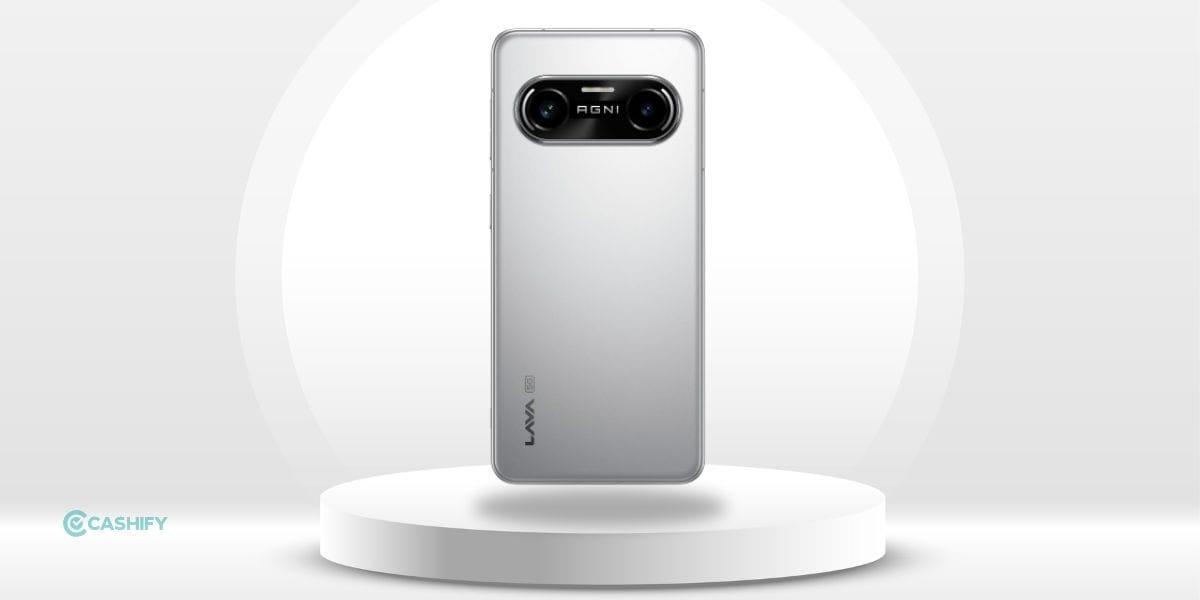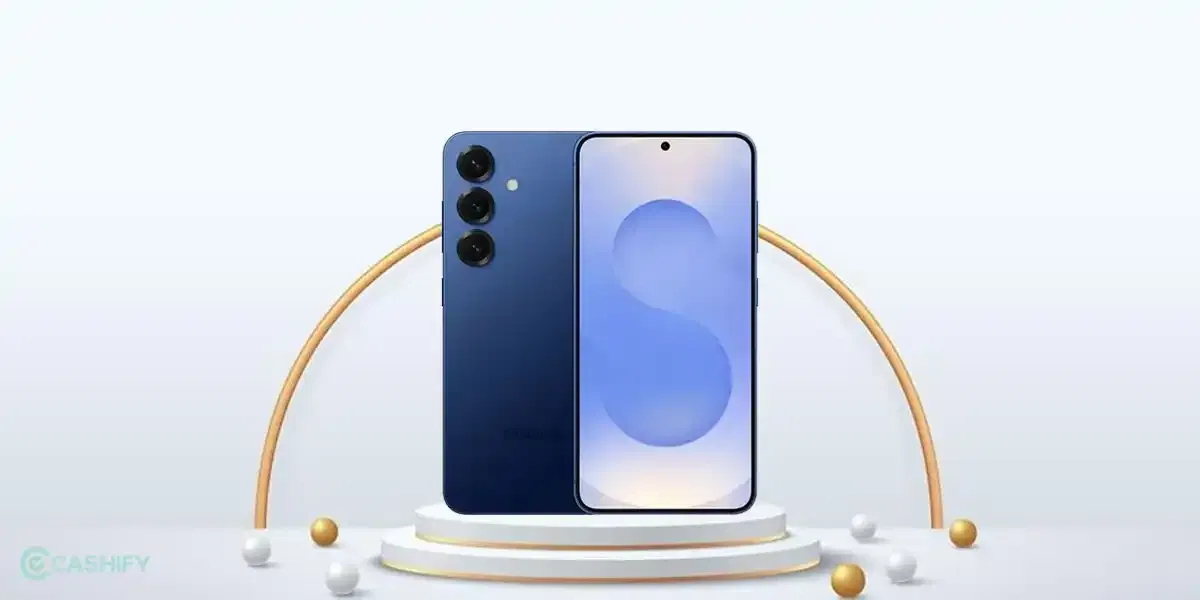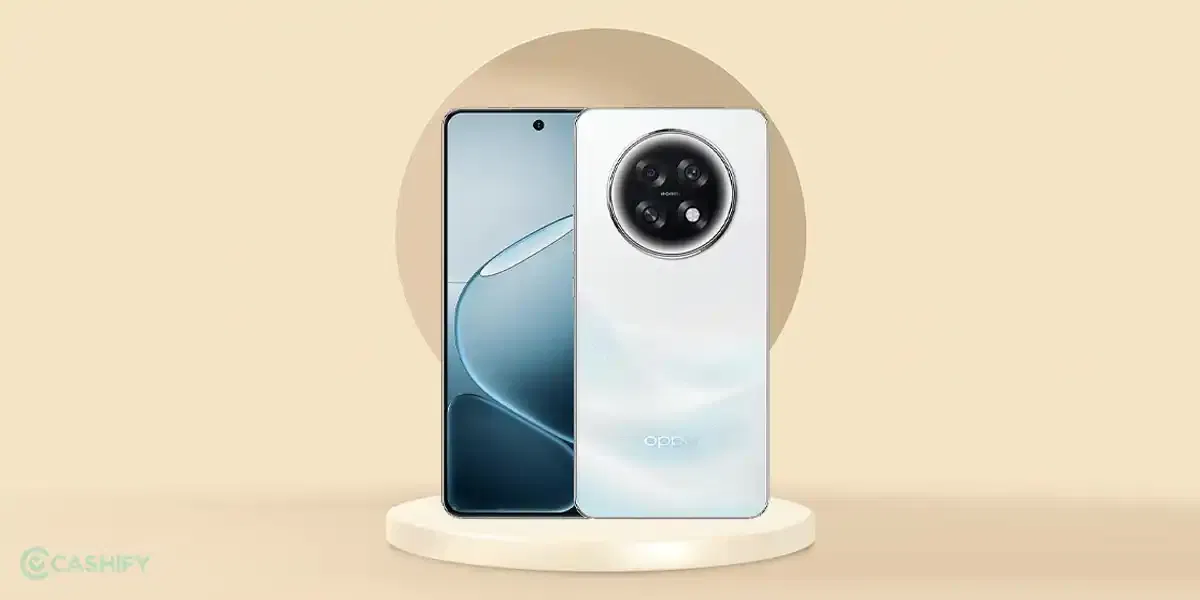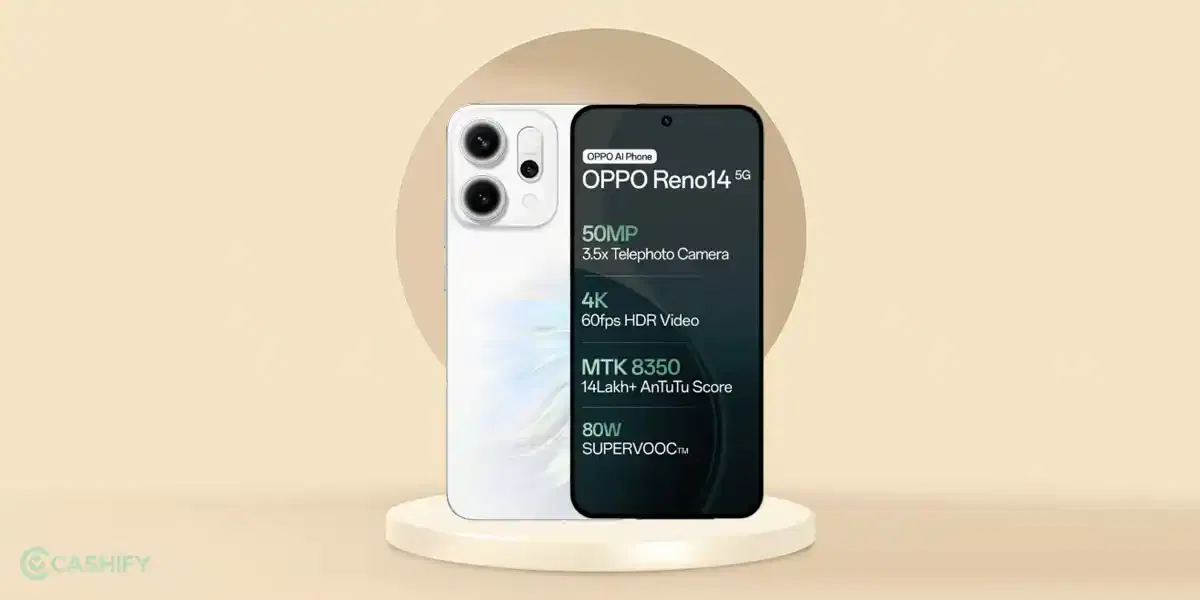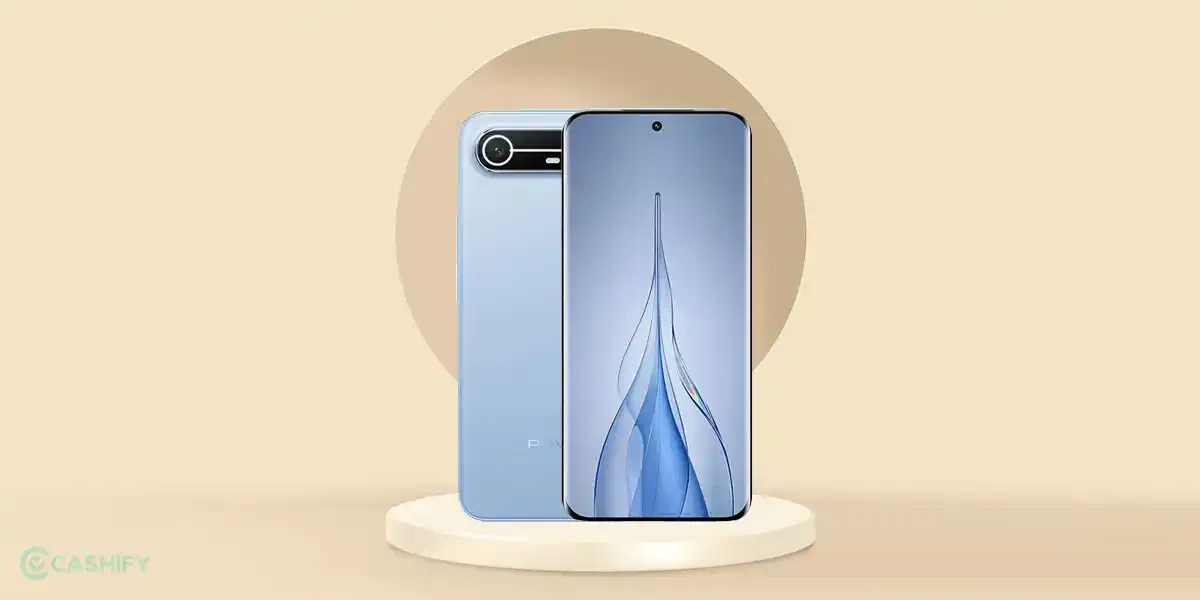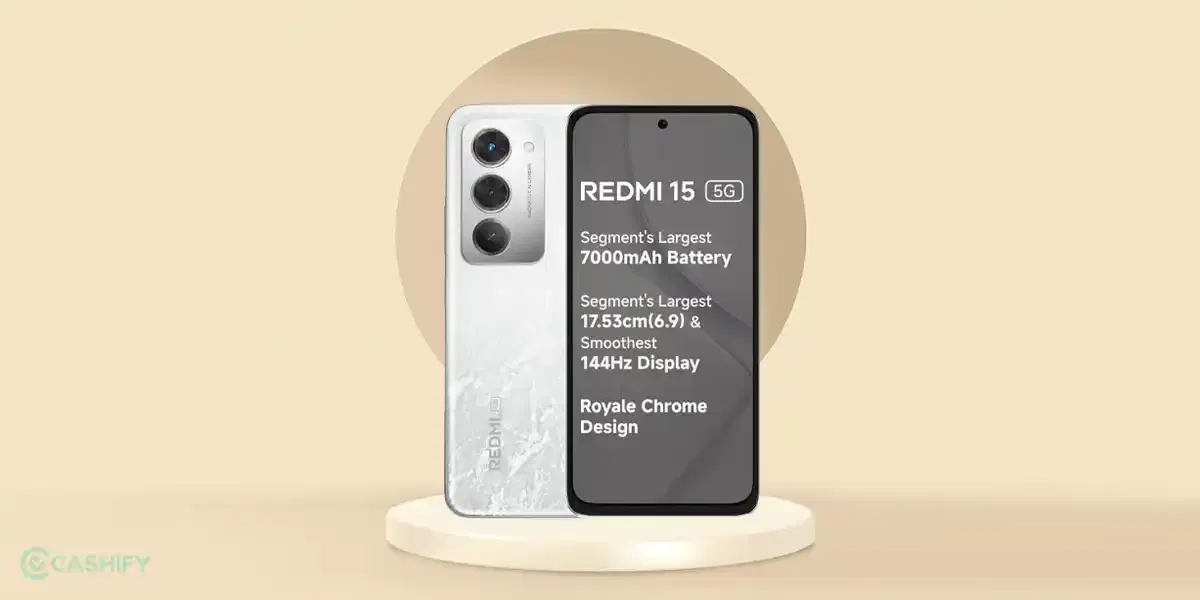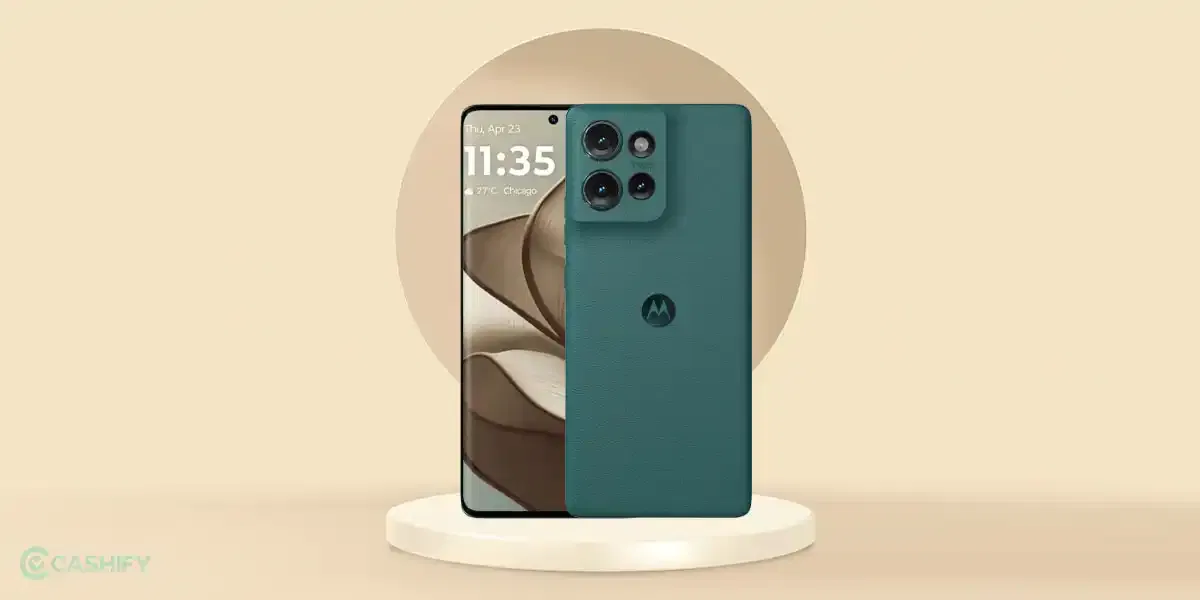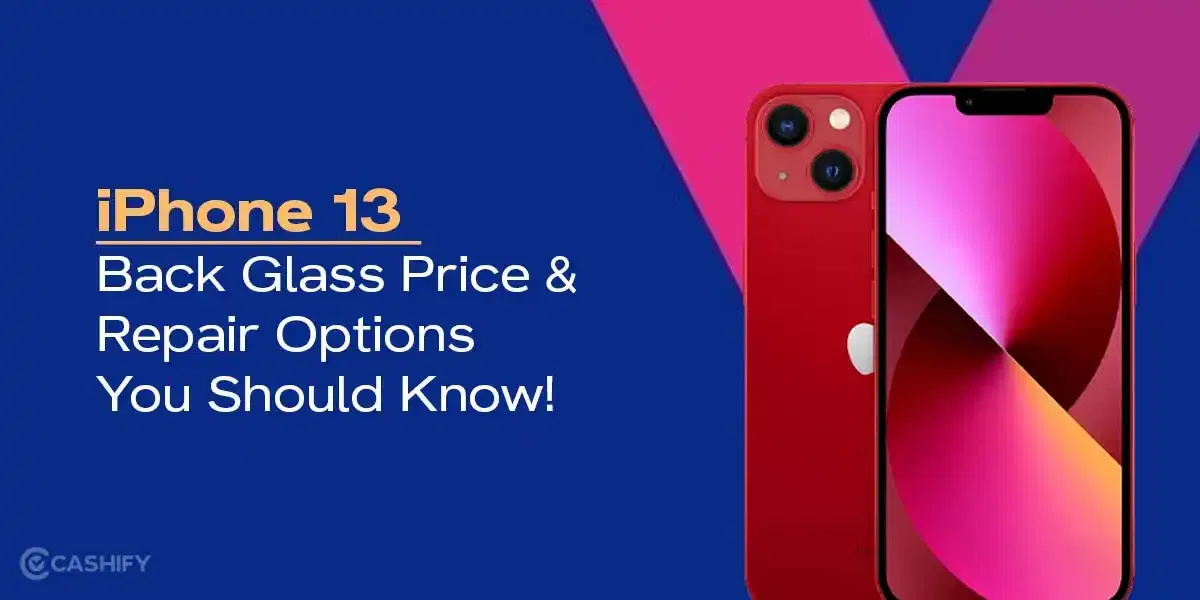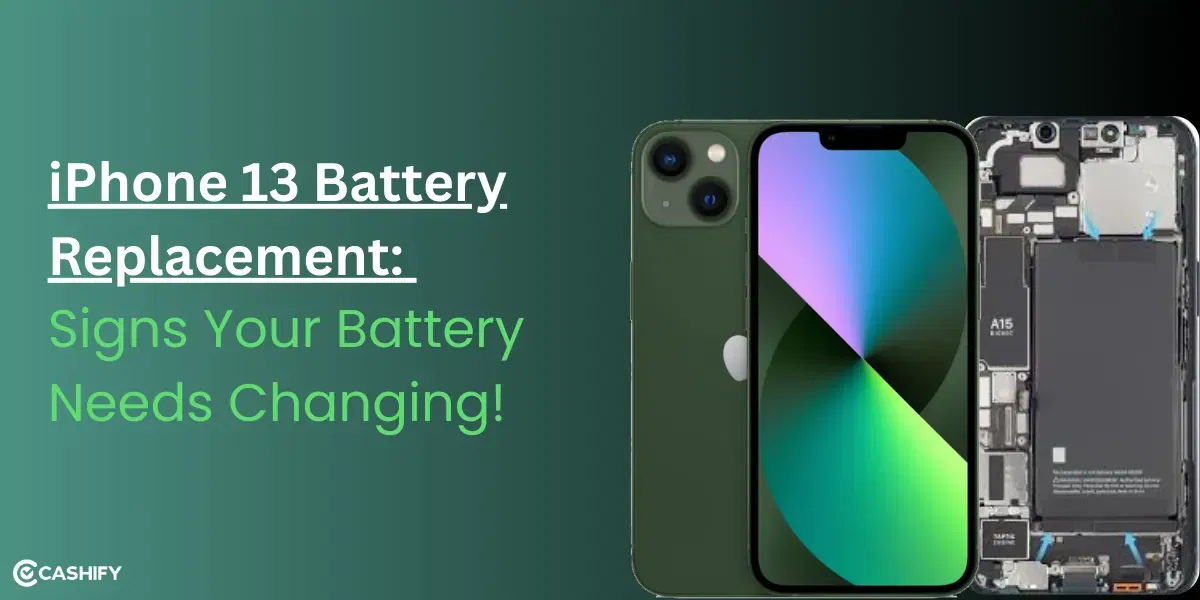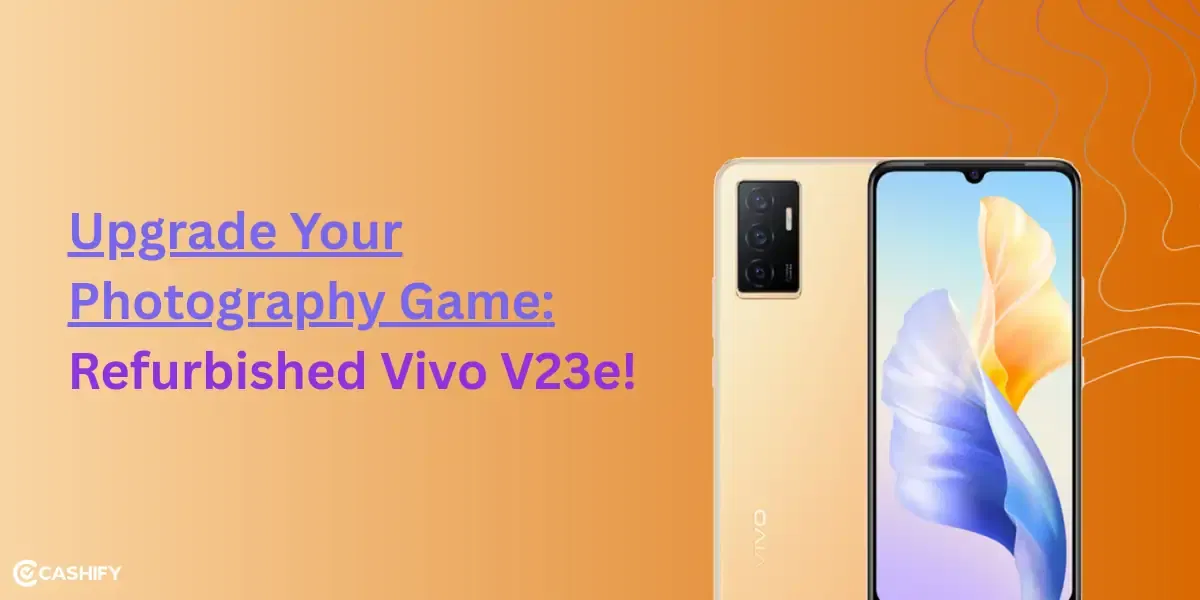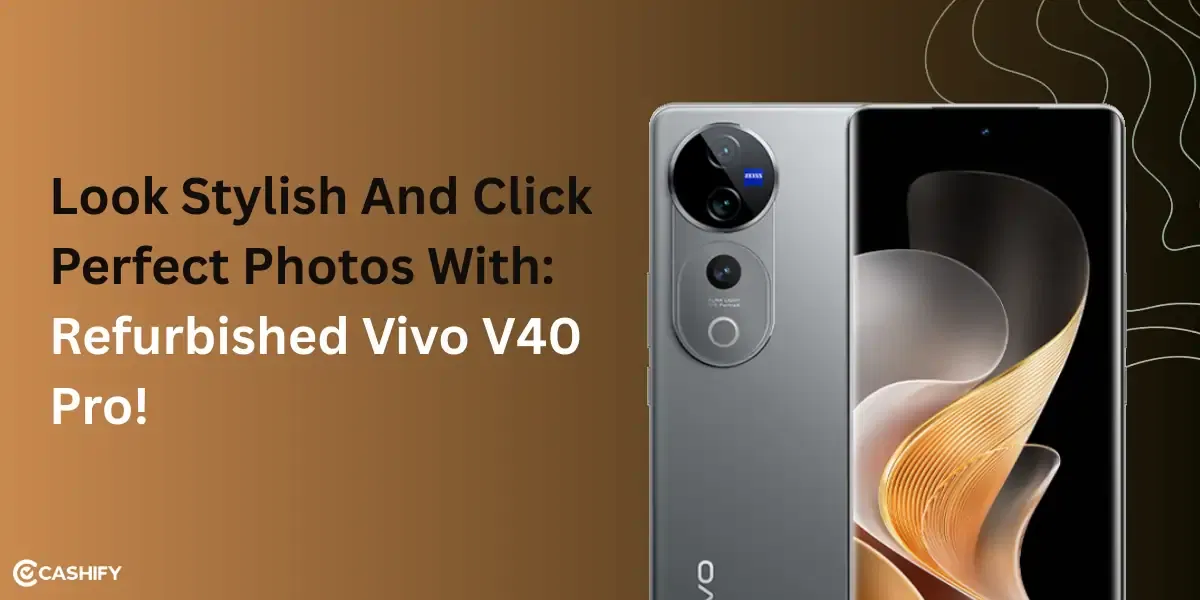
Score
Lenovo K8 Note
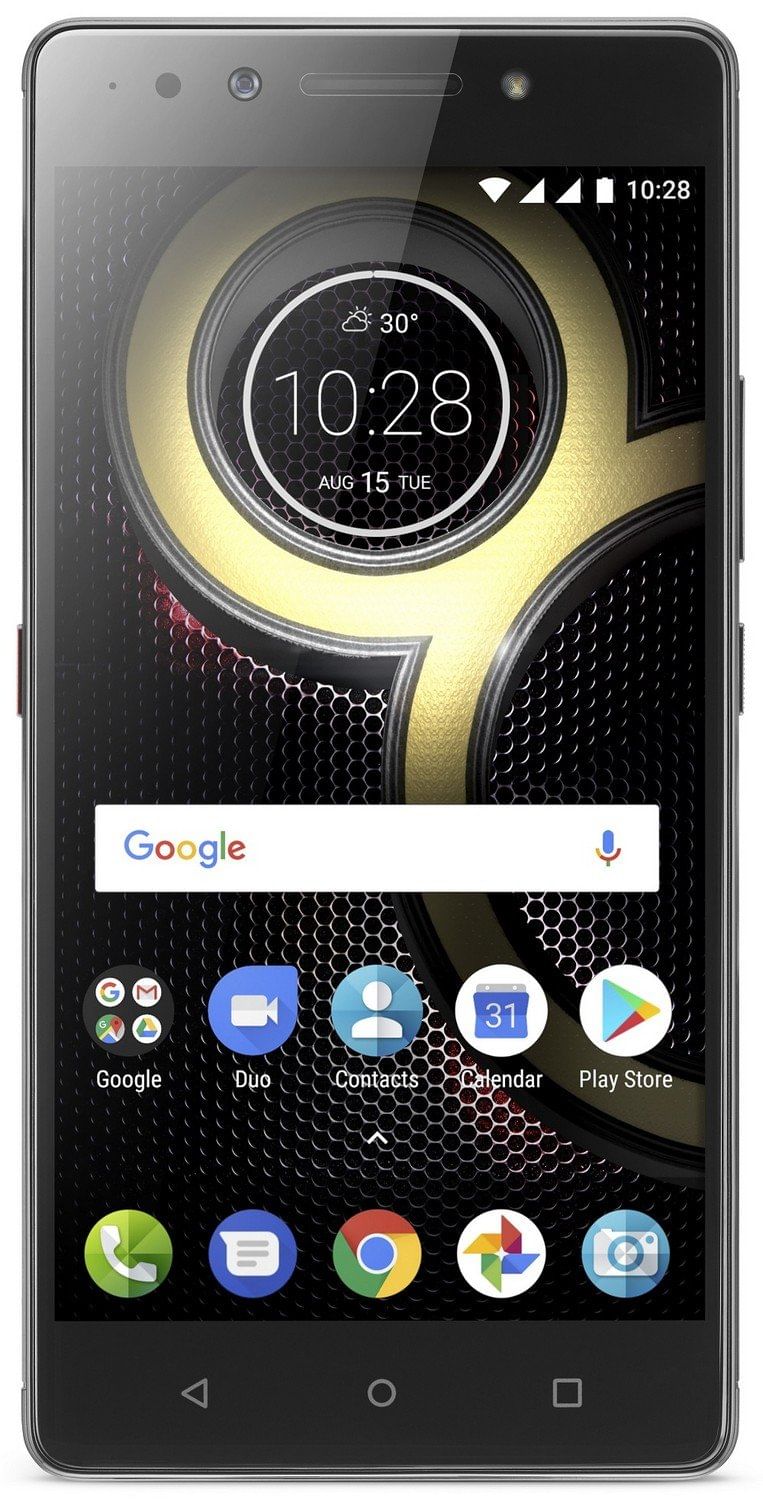
After a noticeable hiatus that the company took after rolling out the K6 series, Lenovo decided to delve into the market with better offerings in the similar price bracket as the aforementioned phones—not to mention K7 note wasn’t really the success they hoped it would be. Priced at Rs 12,999 (3GB RAM + 32GB storage) and Rs 13,999 (4GB RAM + 64GB storage), it goes without saying that the phone offers straight competition to Xiaomi’s one of highest selling phones, Redmi Note 4.
Moto E4 sports a deca-core MediaTek Helio X23 (MT6797)—which you’d rarely see in the phones in the same price bracket—VR enabled feature that runs as smooth as silk, a dual camera setup and plenty of other features that’d attract a handsome share of interest—not to mention a little surprise for the lovers of music.
About the Product Overview
In all fairness, the Chinese brand did manage to stock the phone with an awful lot of specs that might raise your eyebrows, but a question would always be welcomed at a buyer’s mind—is it really worth the price keeping its competitors in mind?
Pros:
- Good battery performance- K8 note equipped with a 4000 mAh battery with a turbocharger—something that you didn’t get in the older cousins of this phone, the K6 note series—that offers more than a decent battery performance.
- Runs on stock android- Waving goodbye to its Vibe Pure UI, K8 note runs on the Android 7.1.1 Nougat and shows a significant upgrade in the speed—making the UI less complex and better functioning
- Separate SD card tray: Another slight change that users would notice is the fact how Lenovo decided to ditch the hybrid slot from the SIM tray and made two separate slots for SIM cards and the memory card.
- Splash resistant: It does come with water repellent coating but keep in mind that the company doesn’t cover the water damage in its warranty.
Cons:
- Heating problem: Half an hour or so of gaming, or running multiple apps at the same time could warm a phone a little.
- Underwhelming design: It’s safe to say that Lenovo doesn’t give enough attention to the design of its phones, so, this shouldn’t come as a shock to you—just in case you were expecting a premium design.
